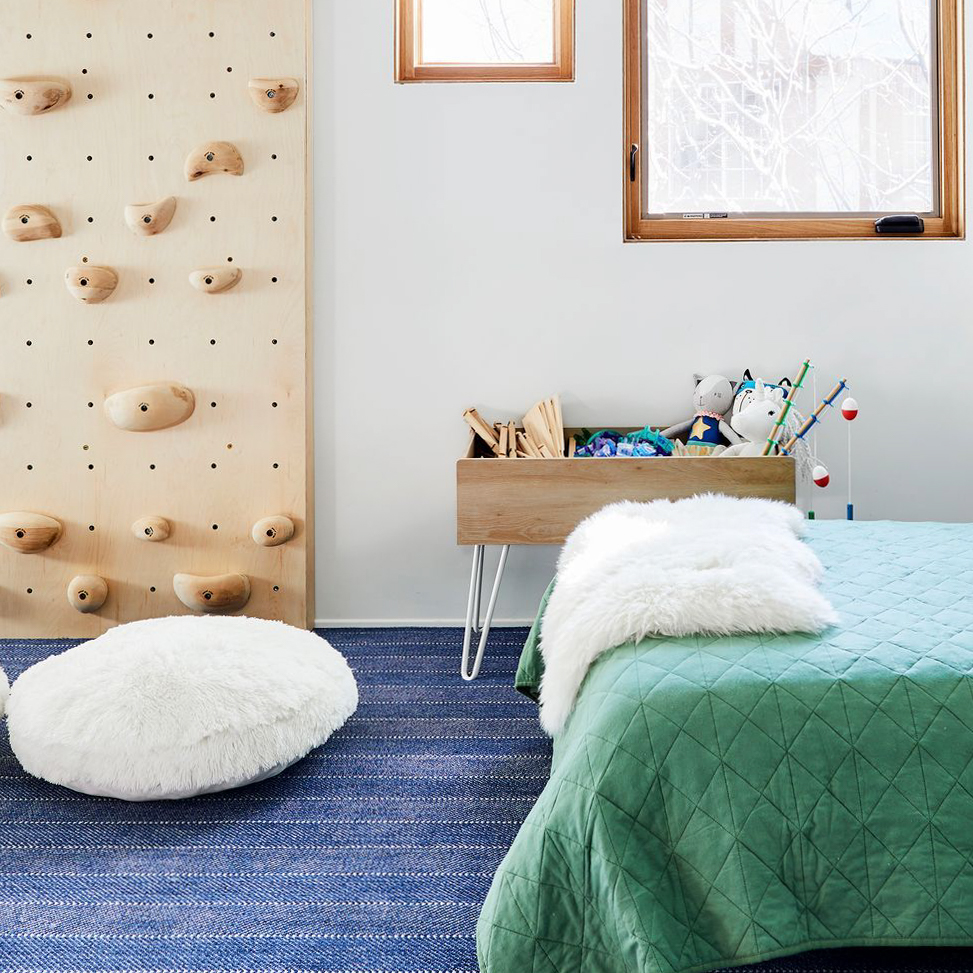
Designing the Perfect Ambiance: A Guide to Lighting Your Studio
Introduction
Lighting plays a vital role in creating a welcoming and functional environment in your design studio. Not only does it affect the mood and atmosphere, but it also impacts productivity and creativity. Whether you are setting up a new studio or updating an existing one, proper lighting design is essential.
Understanding the Different Types of Lighting
There are three primary types of lighting that you need to consider when designing your studio:
Ambient Lighting
Ambient lighting is the most basic form of lighting and provides overall illumination in a space. This type of lighting is usually provided by ceiling fixtures, standing lamps, or wall sconces. It should be soft and diffused to prevent harsh shadows and create a cozy atmosphere.
Task Lighting
Task lighting is focused lighting that provides the necessary illumination for specific tasks. It includes desk lamps, floor lamps, and under-cabinet lighting. Task lighting should be bright and targeted, with minimal glare or reflection.
Accent Lighting
Accent lighting is used to highlight specific objects or areas of a room, such as artwork, shelves, or architectural features. It adds depth and visual interest to a space. Accent lighting can be achieved with ceiling spotlights, floor lamps, or table lamps.
Factors to Consider When Lighting Your Studio
When designing the lighting plan for your studio, there are several factors that you need to consider, including:
Studio Layout and Size
The layout and size of your studio will determine the type and number of lighting fixtures you will need. A spacious studio may require multiple sources of ambient lighting, whereas a smaller studio can be adequately lit with a single ceiling fixture.
Color Temperature
Color temperature refers to the warmth or coolness of a light source, measured in Kelvin (K). A warm light source (2700K-3000K) creates a cozy and inviting atmosphere, while a cool light source (4000K-5000K) is more energizing and stimulating.
Luminosity
The amount of light needed will depend on the tasks performed in your studio. You want to ensure that there is sufficient light for work while avoiding eye strain and fatigue.
Styles and Aesthetics
The style and aesthetic of the lighting fixtures you choose will set the tone for your studio’s overall design. Consider the materials used, finishes, and shapes when selecting your lighting fixtures.
Designing Your Lighting Plan
Once you have assessed the factors mentioned above, it’s time to create your lighting plan. Start by assessing the natural lighting in your studio and determine how it affects your space throughout the day. Then, determine the areas of your studio that require task lighting, such as your desk, workbench or computer station. Finally, add accent lighting to highlight key focal points in your studio.
